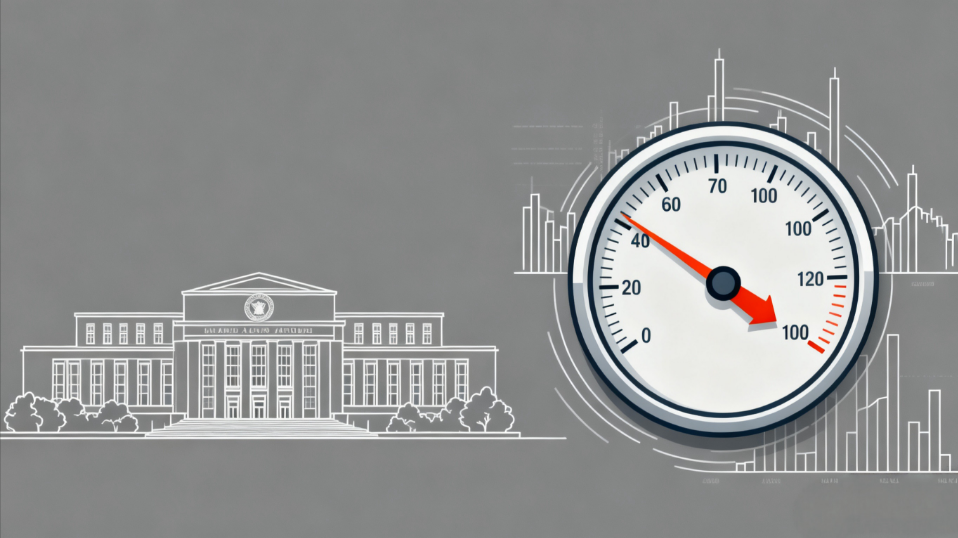
Who Will Be the Next Fed Chair?
On the afternoon of September 14 local time, U.S. President Donald Trump criticized Federal Reserve Chair Jerome Powell as "incompetent" and publicly called for the Fed to implement a "significant rate cut" at this week's policy meeting.
Observers note that Trump is pushing for more aggressive rate cuts by dismissing Fed board members and pressuring the Fed chair. Meanwhile, market concerns about the Fed's ability to maintain its independence are growing.
On August 25 Eastern Time, Trump announced via social media that he had dismissed Fed board member Lisa Cook that day, a move that sparked widespread shock. U.S. media reported that this was the first time in the Fed's 111-year history that a president had dismissed a Fed board member.
As for pressuring Powell, it has become "common practice." Trump has threatened to fire Powell multiple times this year. The most recent incident occurred on July 15, when Trump proposed dismissing Powell due to cost overruns in the Fed headquarters renovation project.
Under U.S. law, the president cannot directly dismiss the Fed chair but can only initiate judicial proceedings for "neglect of duty, incompetence, or gross misconduct" to remove them, though such a move has no historical precedent. Additionally, the Fed chair also serves as a board member, with the chair term lasting four years (renewable indefinitely) and the board member term lasting 14 years (non-renewable).
Powell's term as Fed chair will end on May 15, 2026, and his board member term will end on January 31, 2028. The appointment of a new Fed chair requires nomination by the president and confirmation by a majority vote in the Senate.
According to U.S. media reports, Trump has three preferred candidates for Fed chair: current Fed board member Christopher Waller, current White House National Economic Council Director Kevin Hassett, and former Fed board member Kevin Warsh.
















